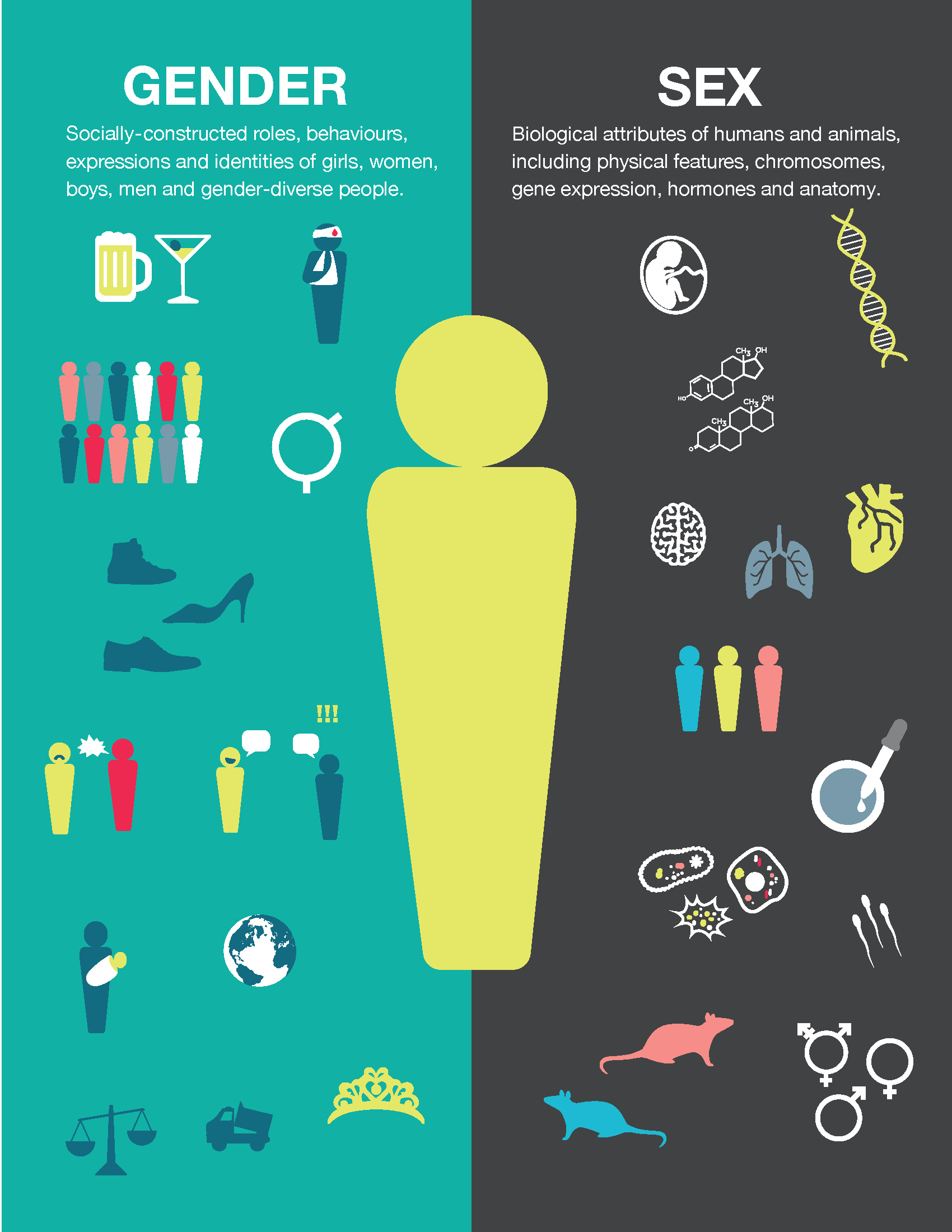Why and how do you measure sex or gender in your research participants? Are you still using a single binary question (male/female), or do you still add the option “other”? Are you aware of the differences between sex and gender? This blog post provides some hands-on best practices tips for including sex and/or gender in your research and for writing about them in an inclusive way.
Why do some words have more power than others? And why do we sometimes feel meanings, instead of just thinking them? Here, dr Jeremy Burman reflects on the meaning of “I love you” as a way to wrestle with these questions.
Uncertainty is an ever-present part of life. It prevents us from being able to predict what will happen to us. Some people experience this uncertainty as extremely aversive, which can fuel the development of anxiety. Mindfulness may help, by means of learning to accept uncertainty and live with it.
Imagine that you are a primary care doctor. A young woman comes to see you because she worries constantly about everything, from her health to her studies to the state of the world. At night, she often lies awake for hours, worrying. Because she is having difficulty concentrating, she has failed some of her classes […]
Around 20% of the Dutch experience an anxiety disorder such as a specific or social phobia in their lifetime, and half of them develop their phobia before the age of 18. So why not start facing our fears at the time we develop our phobia instead of waiting until things get scarier and scarier?
This post is about how sports, mindfulness, and an open mind helped one student deal with the rising problem of (academic) pressure. As many other students are also trying to deal with stress and anxiety, this post is a must-read for all students and staff.






